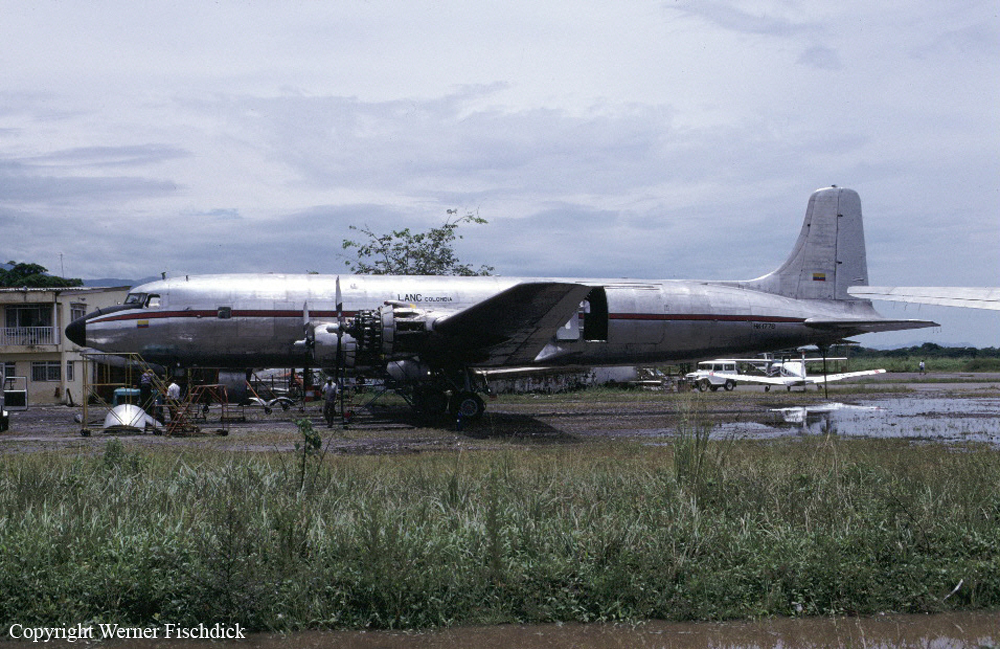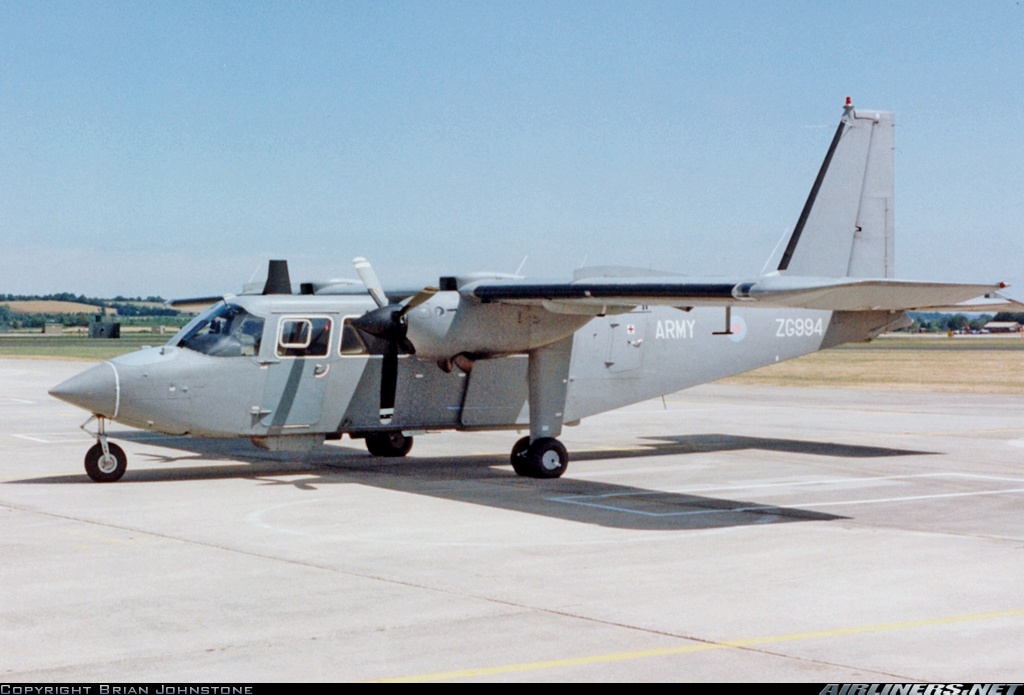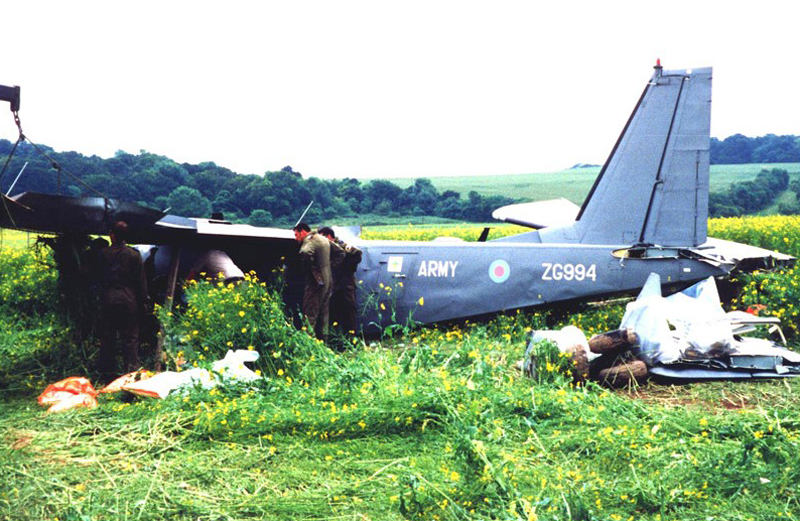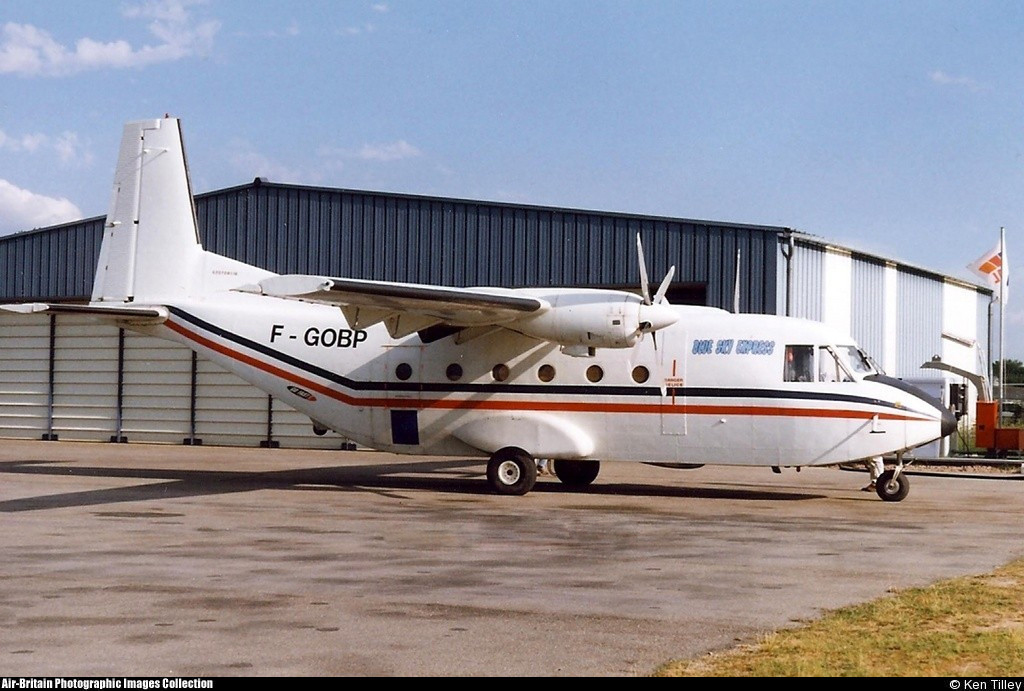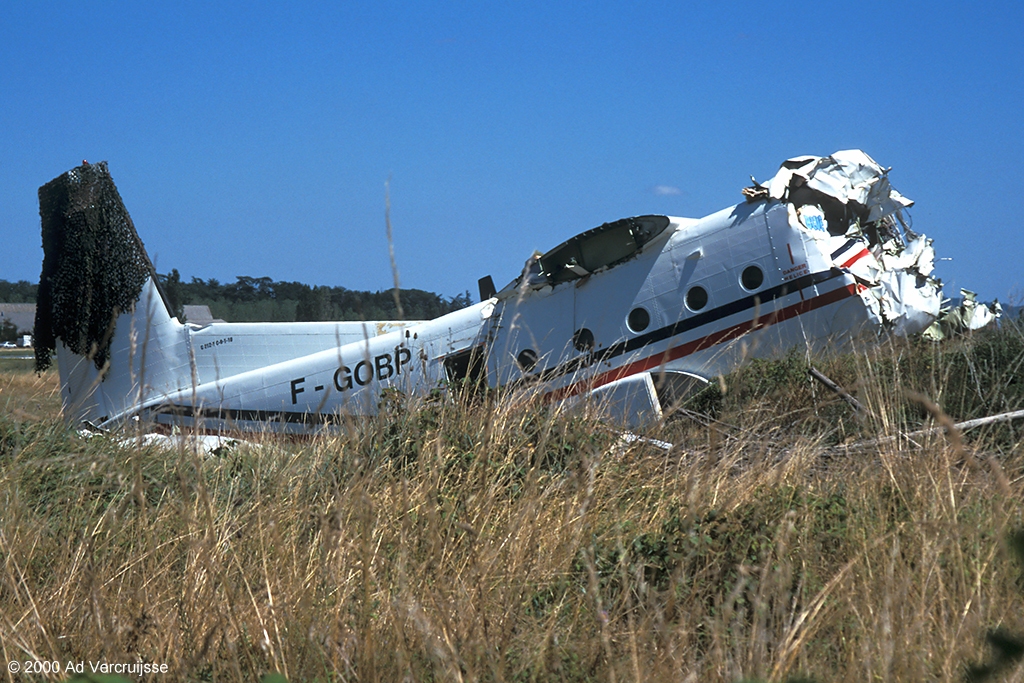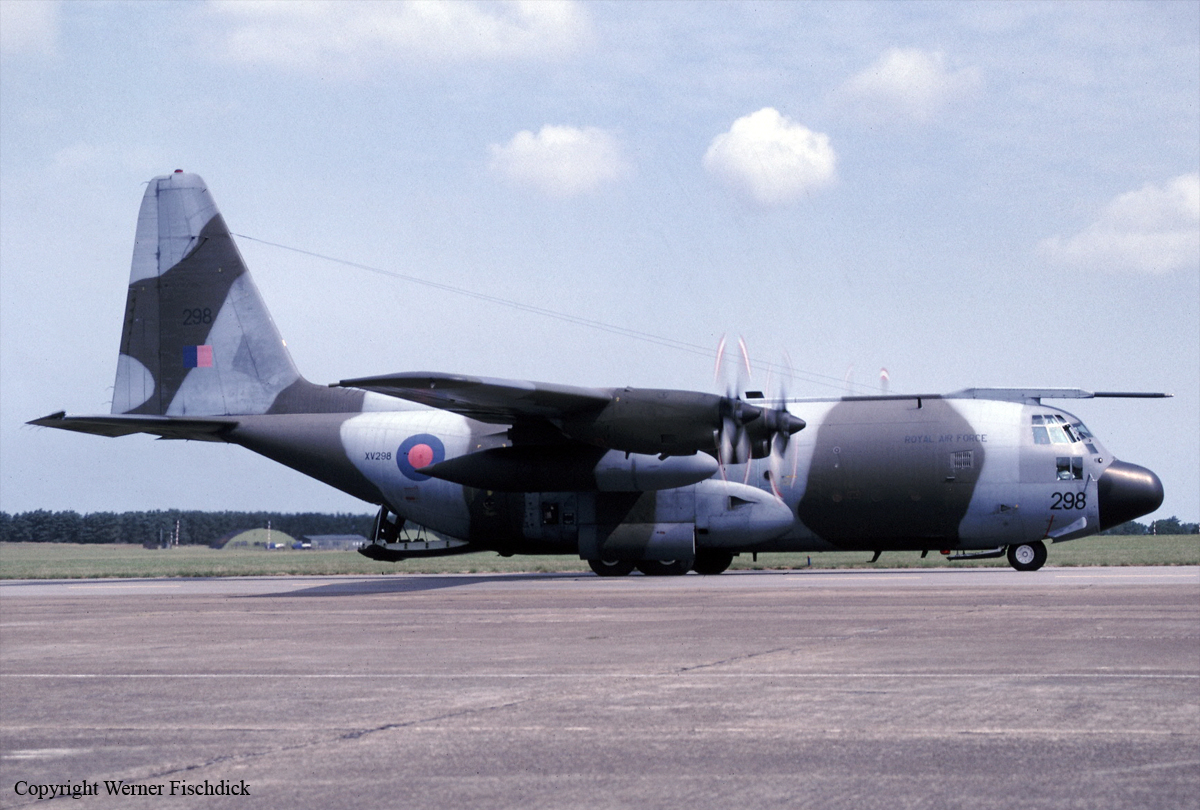Crash of a BAe 125-522-1A in Toluca: 4 killed
Date & Time:
Jul 9, 1999 at 0430 LT
Registration:
XA-TAL
Survivors:
No
Schedule:
Los Mochis – Toluca
MSN:
25064
YOM:
1965
Crew on board:
2
Crew fatalities:
Pax on board:
2
Pax fatalities:
Other fatalities:
Total fatalities:
4
Circumstances:
The aircraft departed Los Mochis Airport on a cargo flight to Toluca on behalf of DHL. On descend, the crew was informed by ATC that the visibility was reduced to 1,600 metres due to foggy conditions. While on a night approach to Toluca-Adolfo López Mateos Airport, the crew descended below the MDA, probably to establish a visual contact with the ground. On short final, the aircraft struck a two metres high concrete wall located 350 metres short of runway 15 and crashed, bursting into flames. All four occupants were killed.
Probable cause:
Controlled flight into terrain on short final after the crew decided to carry out an approach under VFR mode in IMC conditions until the aircraft impacted terrain. The following contributing factors were identified:
- Poor visibility due to foggy conditions,
- Captain's overconfidence.
- Poor visibility due to foggy conditions,
- Captain's overconfidence.
Final Report:

